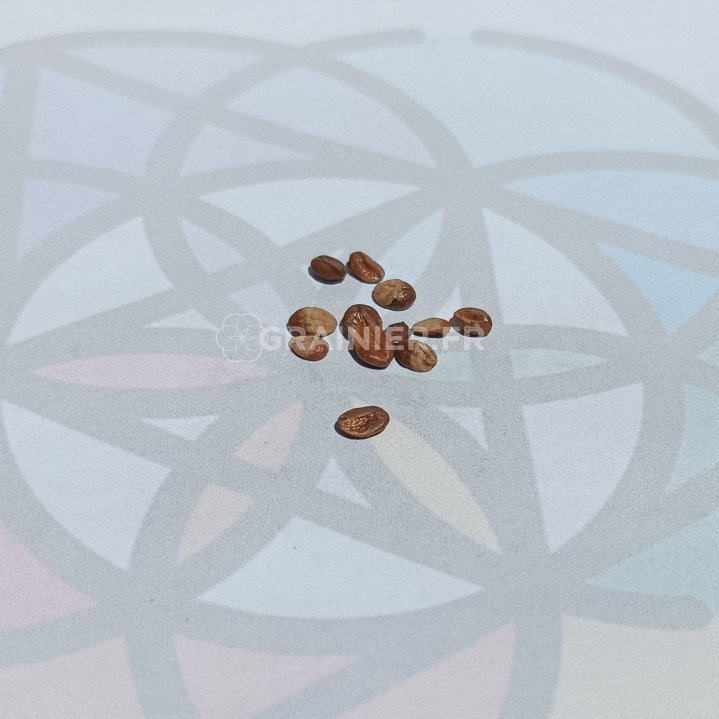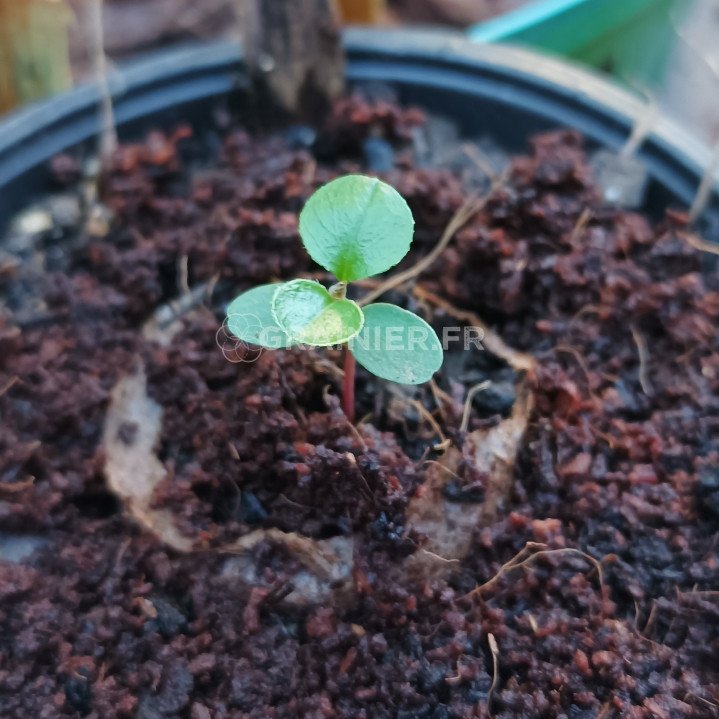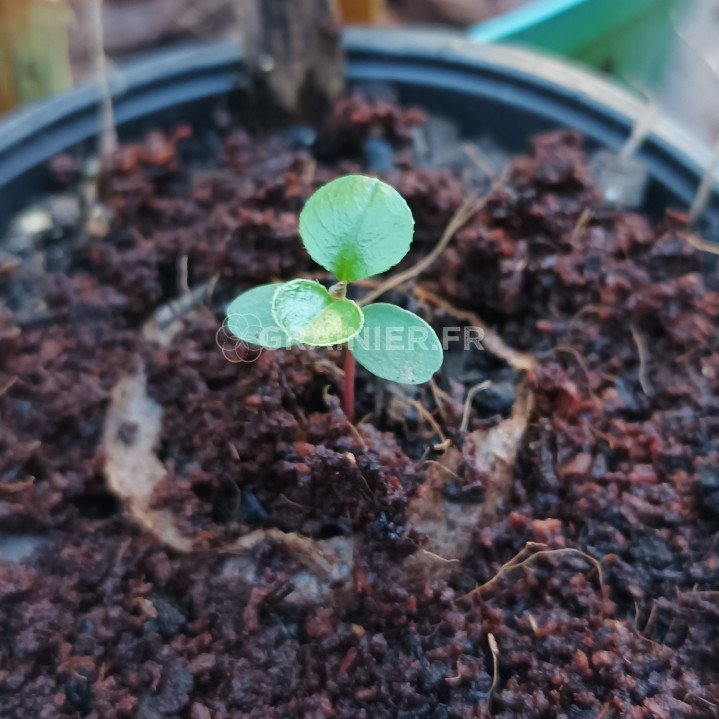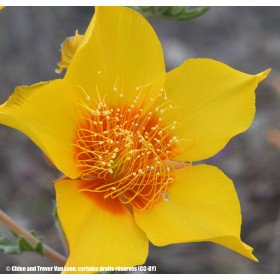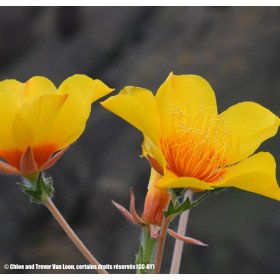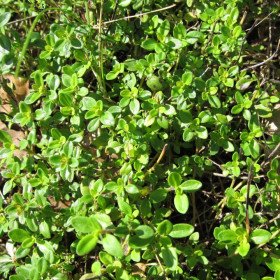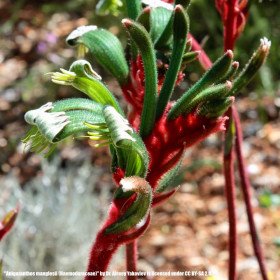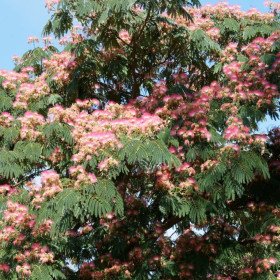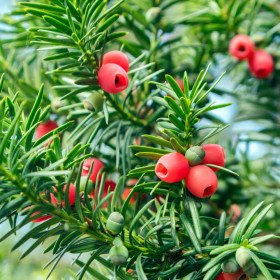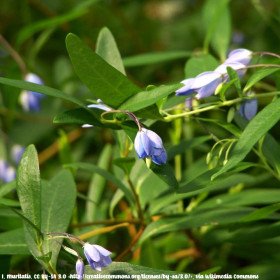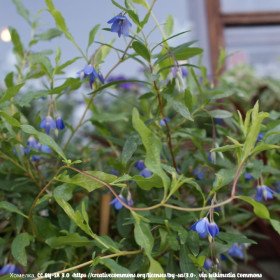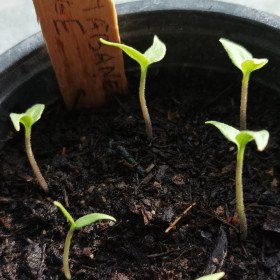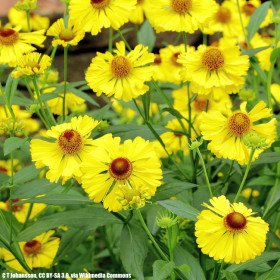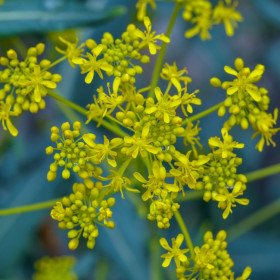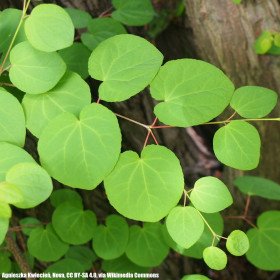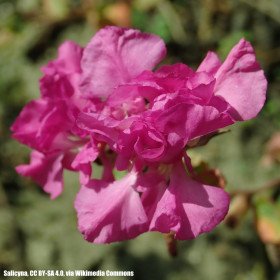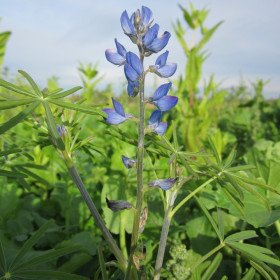20 Graines Cotoneaster horizontalis
20 Graines Cotoneaster horizontalis
- Modèle : 20 Graines Cotoneaster horizontalis
- Disponibilité : 2
- 1,50€
Cotonéaster rampant, Cotoneaster horizontalis |
Le Cotoneaster horizontalis est un arbuste à feuilles persistantes qui est originaire de Chine.
20 graines
Description :
- Apparence : Le Cotoneaster horizontalis est un arbuste de petite taille qui atteint généralement une hauteur de 60 à 90 cm. Il a une croissance étalée horizontalement, d'où son nom. Les branches se développent de manière régulière et forment une structure en couches.
- Feuillage : Les feuilles sont petites, ovales et d'un vert foncé luisant. En automne, elles prennent une belle teinte rouge.
- Fleurs et fruits : Au printemps, de petites fleurs blanches ou roses apparaissent en grappes. Elles sont suivies par la formation de petites baies rouges à l'automne, qui peuvent persister pendant une partie de l'hiver.
Utilisation :
- Ornemental : Le Cotoneaster horizontalis est apprécié pour son port étalé et son feuillage dense. Il est souvent utilisé comme couvre-sol, en bordure de massifs ou en haies basses. Ses baies rouges ajoutent également de l'intérêt visuel à l'automne et en hiver.
- Érosion des sols : En raison de son système racinaire dense, le Cotoneaster horizontalis est également utilisé pour prévenir l'érosion des sols en les stabilisant grâce à ses racines.
Semis détaillé :
- Collecte des graines : Vous pouvez récolter les baies mûres du Cotoneaster horizontalis à l'automne. Écrasez délicatement les baies et retirez les graines.
- Prétraitement des graines : Les graines de Cotoneaster horizontalis peuvent bénéficier d'une période de stratification pour améliorer leur taux de germination. Placez les graines dans un récipient avec un substrat humide et stockez-les au réfrigérateur pendant environ 2 à 3 mois.
- Préparation du sol : Préparez un sol bien drainé et amendé avec du compost ou du terreau de qualité. Travaillez le sol en le rendant meuble et retirez les mauvaises herbes.
- Semis : Semez les graines stratifiées à la surface du sol préparé et pressez-les légèrement pour les enfoncer dans le sol. Gardez une distance d'environ 30 cm entre les graines.
- Couverture : Saupoudrez une fine couche de terreau ou de vermiculite sur les graines pour les recouvrir légèrement.
- Arrosage : Arrosez délicatement le sol pour maintenir une humidité constante. Évitez de trop arroser pour ne pas déplacer les graines.
- Germination : Placez le plateau de semis dans un endroit chaud et lumineux, mais à l'abri de la lumière directe du soleil. Les graines peuvent prendre de 2 à 6 semaines pour germer.
- Transplantation : Lorsque les plantules ont atteint une taille suffisante, vous pouvez les transplanter dans des pots individuels ou dans leur emplacement définitif dans le jardin. Assurez-vous de maintenir une distance suffisante entre les plantules pour permettre leur développement.
Etiquettes : cotoneaster, rampant, horizontalis, GRAINES DE FLEURS & ARBRES Cotonéaster rampant, Cotoneaster horizontalis, Exotiques & Rares Cotonéaster rampant, Cotoneaster horizontalis, Fleurs & Herbes ornementales Cotonéaster rampant, Cotoneaster horizontalis, Cotonéaster rampant, Cotoneaster horizontalis GRAINES DE FLEURS & ARBRES, Cotonéaster rampant, Cotoneaster horizontalis Exotiques & Rares, Cotonéaster rampant, Cotoneaster horizontalis Fleurs & Herbes ornementales


